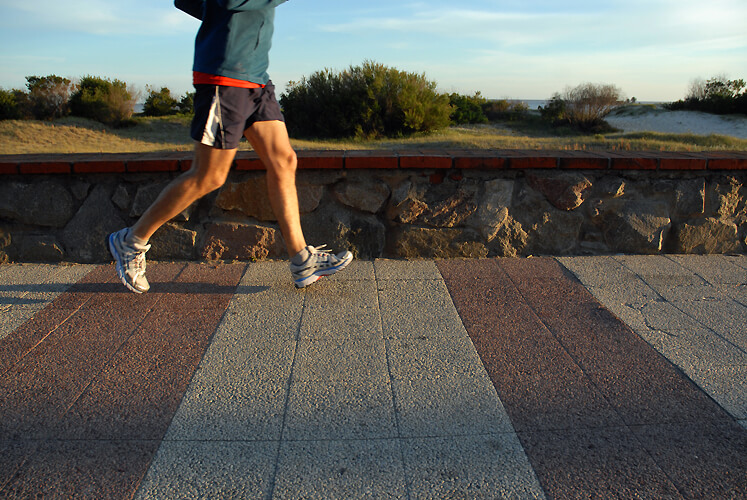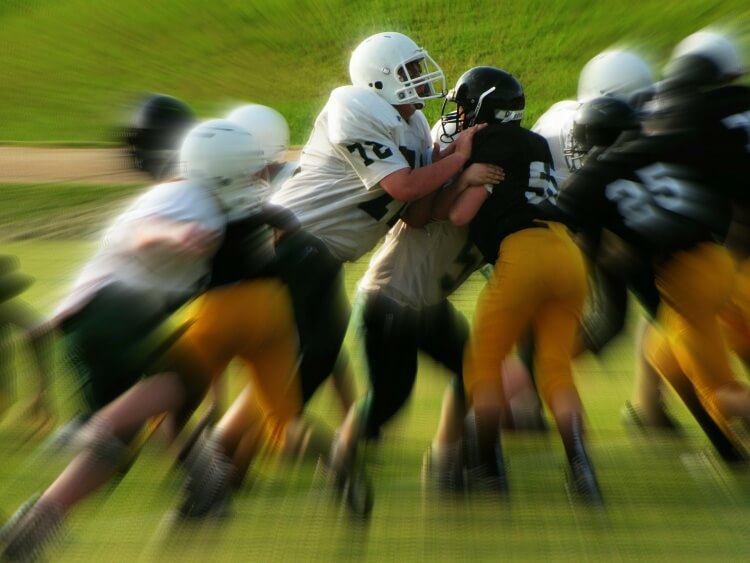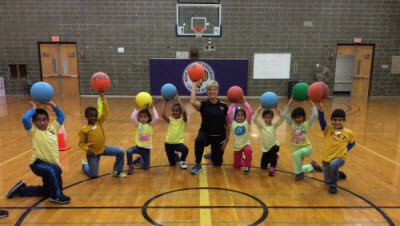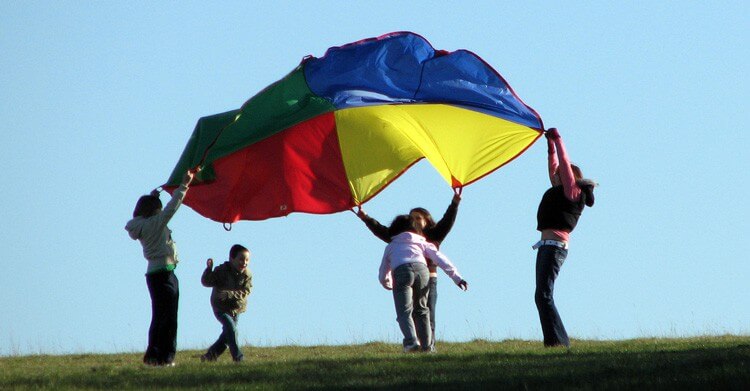I would like to share an incident that occurred while I was teaching the other day. At the time, I found the actions of one of my students to be unconscionable. Now, as I look back, I consider the incident both comical and pivotal.
It was a beautiful fall day, 65 degrees, clear with no wind, so we decided to take our classes outdoors. While I love being outdoors, teaching outside at my school does not provide for the best learning environment. The outdoor space consists of a grassy area the size of a soccer field, a small blacktop, and a playground. Therefore, during the lunch periods we are competing with the myriad of distractions that come with seventy-five children at play.
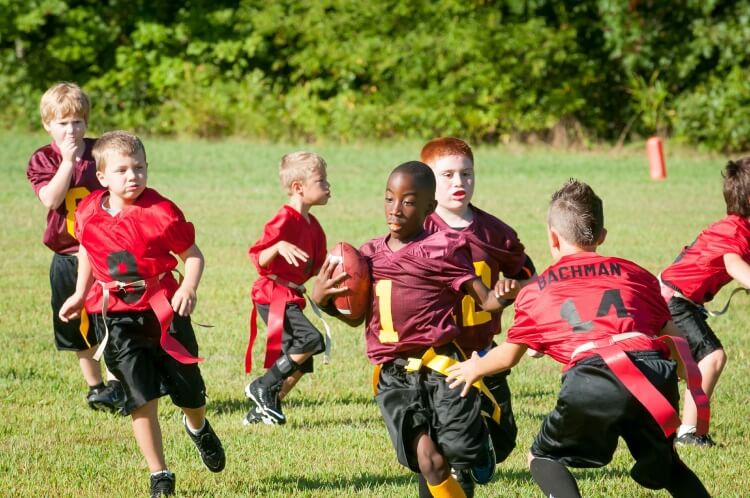
We were working on kicking a stationary ball, so we chose to kick a football off a tee. We used dynamic football warm-ups to begin the class. These warm-ups consisted of agility courses in which the students had to jump small cones, run through hoops, and zigzag through larger cones. Between the kicking stations and the warm-up, we set up 72 cones and 40 hoops. It took nearly a half hour to precisely line up all the cones and arrange all the colorful hoops.
